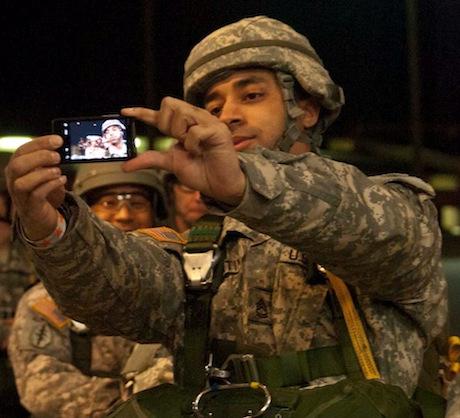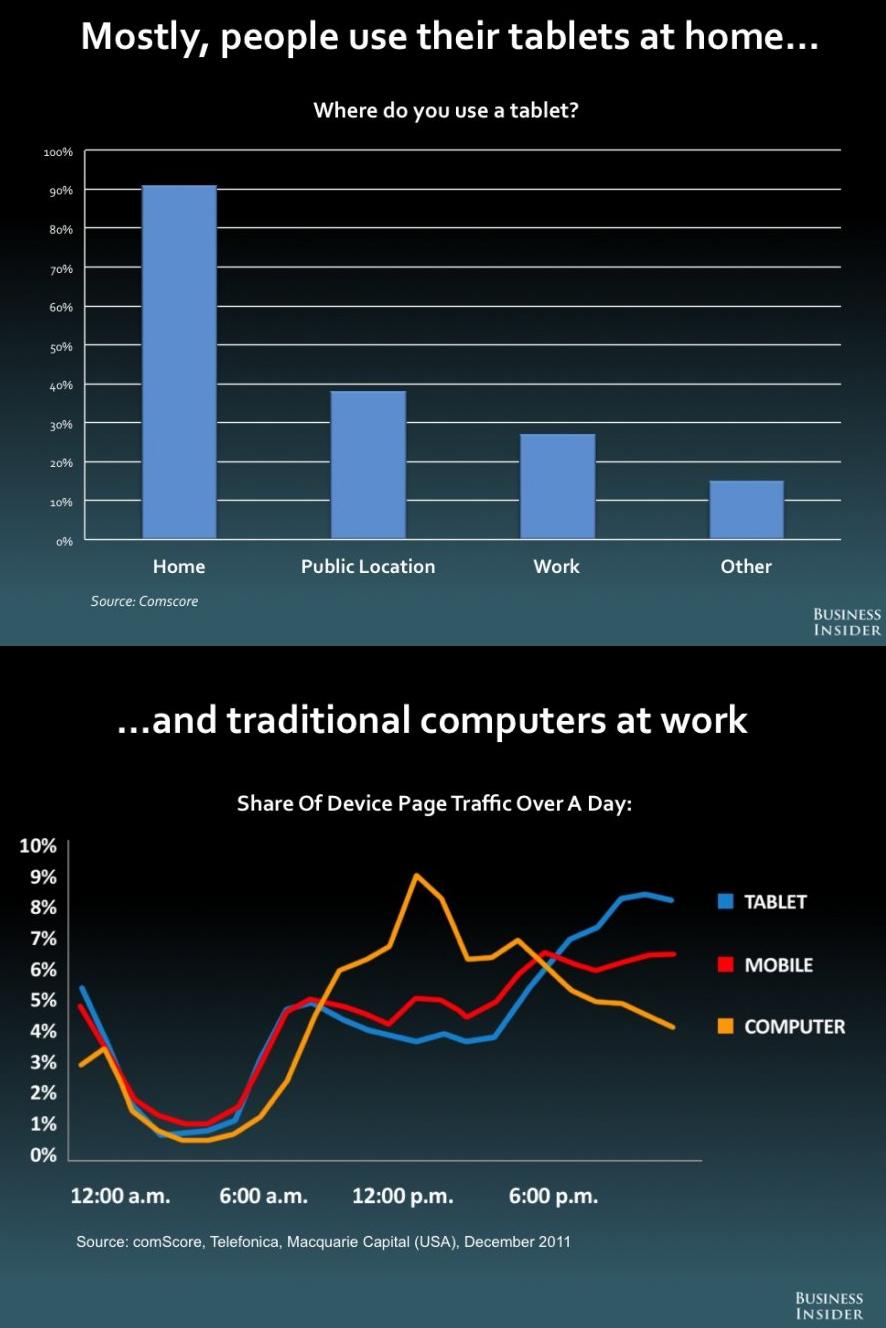 As noted in Wired, the Defense Department has taken a major step toward its goal of “a smartphone for every soldier.” They recently released their Commercial Mobile Device (CMD) Implementation Plan, which details dates, stages, and buys over the next several years. The DoD may be purchasing as many as 600,000 smartphone devices. As expected, the Pentagon is deliberately being “device agnostic.” They are looking at Apple and Google –based communication devices, and they have promised to support Blackberry smartphones as well. See below for links to the CMD Implementation plan as well as their overall strategy, which was released last June.
As noted in Wired, the Defense Department has taken a major step toward its goal of “a smartphone for every soldier.” They recently released their Commercial Mobile Device (CMD) Implementation Plan, which details dates, stages, and buys over the next several years. The DoD may be purchasing as many as 600,000 smartphone devices. As expected, the Pentagon is deliberately being “device agnostic.” They are looking at Apple and Google –based communication devices, and they have promised to support Blackberry smartphones as well. See below for links to the CMD Implementation plan as well as their overall strategy, which was released last June.
Exerpt from; DoD Commercial Mobile Device Implementation Plan
“As a result of a JROC Capability Gap Assessment, OSD guidance, and strong end user demand for secure classified and unclassified mobile solutions, DoD is orchestrating an effort to provide wireless network services infrastructure, approved devices, applications management, and policies to protect and secure the mobile DoD information ecosystem. The Implementation Plan updates the DoD Mobile Device Strategy, Reference (a), to establish wireless voice, video, and data capabilities in accordance with DoD Instruction 8100.04, Reference (c), by October 2013. The CMD Implementation Plan establishes the framework to equip users and managers with mobile solutions that leverage commercial off-the-shelf products, improve functionality, decrease cost, and enable increased personal productivity….”
















 As reported previously in this
As reported previously in this 


